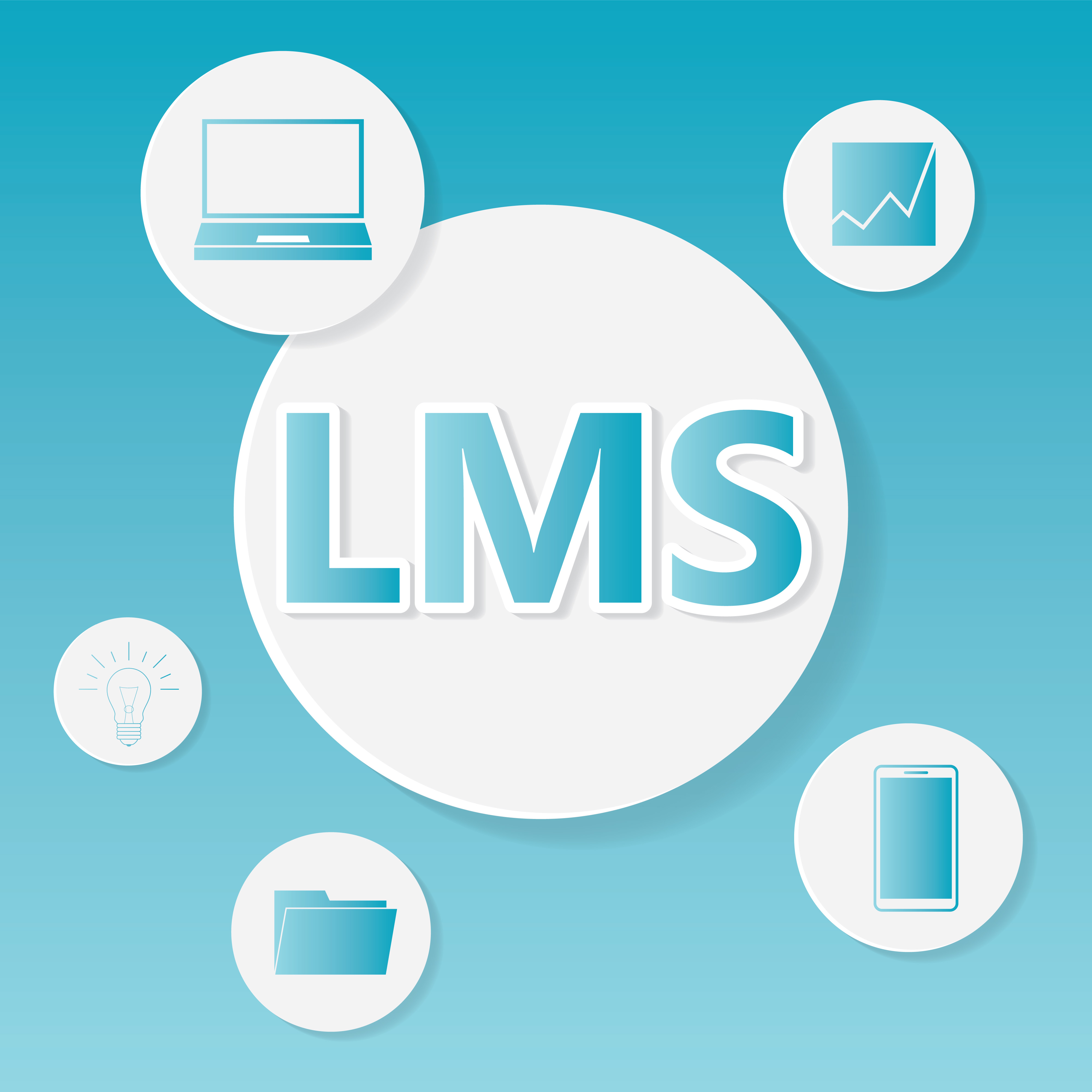Whether they’re employed in the classroom or in the office, it’s no secret that learning management system software is a game-changer.
Having a single, digital arena for all courses and training materials streamlines the learning process for students and employees alike. LMS training is optimizing the classroom experience for students and teachers, as well as modernizing the onboarding process for employees.
What is LMS software?
LMS software is a platform where instructors or managers can track and organize educational coursework online. It provides students or employees with all of the course or training material they need in a single database.
So, how is this revolutionary technology being used today? We took a deep dive into seven LMS software statistics that give us a glimpse at the current state of the industry and where it’s headed in the future.
7 LMS Software Statistics that explain the current state of the industry
These seven learning management system (LMS) statistics highlight a variety of important elements of the LMS software industry. Let’s take a look:
1. The worth of the LMS market was measured at $2.5 billion in 2013, $7.8 billion in 2016, and according to numerous predictions, the number will have grown to $15.72 billion by 2022. (ispringsolutions)
Like most emerging fields in tech, the use of learning management system software is growing. But in the case of LMS software, as more and more organizations adopt it, they begin to discover more features of LMS software and how it can have a direct impact on their long-term goals. The growing demand for LMS software with customizable and up-to-date features is creating a boom in the LMS industry, and it is predicted to only keep growing.
2. The education sector accounts for one-fifth or 21% of the entire global LMS market. Tech, manufacturing, healthcare, and consulting industries also make up large chunks of LMS users. (Guide2research)
It is no surprise that the education industry makes up the largest percentage of LMS users. However, some may find the percentage it occupies (21%) surprisingly low. What this stat signifies is the size of the LMS market and the opportunities for all types of organizations to use LMS software to their benefit.
3. 23% of companies have been using the same LMS for over five years. (Docebo)
The fact that only 23% of companies are using the same LMS for over five years shows the amount of turnover there is in the LMS software industry, and in turn, how much opportunity there is for new LMS software companies entering the space. Organizations are always looking out for better LMS software, whether it be for better functionally, lower cost, or because it’s easier to implement. Keeping tabs on what’s driving these frequent changes between LMS software can help LMS companies determine what direction to take to ensure their product stand out.
4. According to survey results form elearningindustry, functionality and price are the two most important factors to organizations when looking into purchasing LMS software.
This stat, while seemingly self-explanatory, provides insight into what priorities most organizations have when choosing the right LMS software. As with most software, a combination of functionality and price should be a priority for LMS software companies.
5. A recent survey from the Brandon Hall Group showed that 44% of companies are unhappy with their current LMS.
Companies evolve in terms of both size and business purposes. In these cases, it can be easy for an organization to think that it has outgrown its current LMS and begin to look at other options. With the size of the LMS market growing exponentially, there are ample options for organizations to consider when searching for a new LMS, including G2’s database of the best LMS software.
6. The top-used LMS features from organizations employing LMS usage are assessment tools, learning paths, and blended learning. (ispringsolutions).
LMS software comes equipped with a variety of features all geared towards education and development of students or employees. Assessment tools take the cake for the most-used feature, as they provide the most direct path for testing knowledge and measuring student or employee performance. Learning paths and blended learning are also highly-used features that can reach a number of students and employees at different, customizable points in their training and development. They help differentiate LMS software use over the use of more traditional teaching or onboarding tools, as they can be geared towards each individual’s needs and desired path.
7. There are 282 LMS software platforms featuring verified reviews on G2.
Finally, when looking for the right learning management system software platform for your organization, look no further than the multitude of verified reviews for over 280 LMS platforms on G2. This guide to the best LMS software can make your search for your organization efficient and effective.
Get learning!
Now that we've captured the current state of the learning management system through these stats, you can feel confident about the health of the LMS software industry and be ready to explore LMS options that are best for your organization.

Rob Browne
Rob is a former content associate at G2. Originally from New Jersey, he previously worked at an NYC-based business travel startup. (he/him/his)
